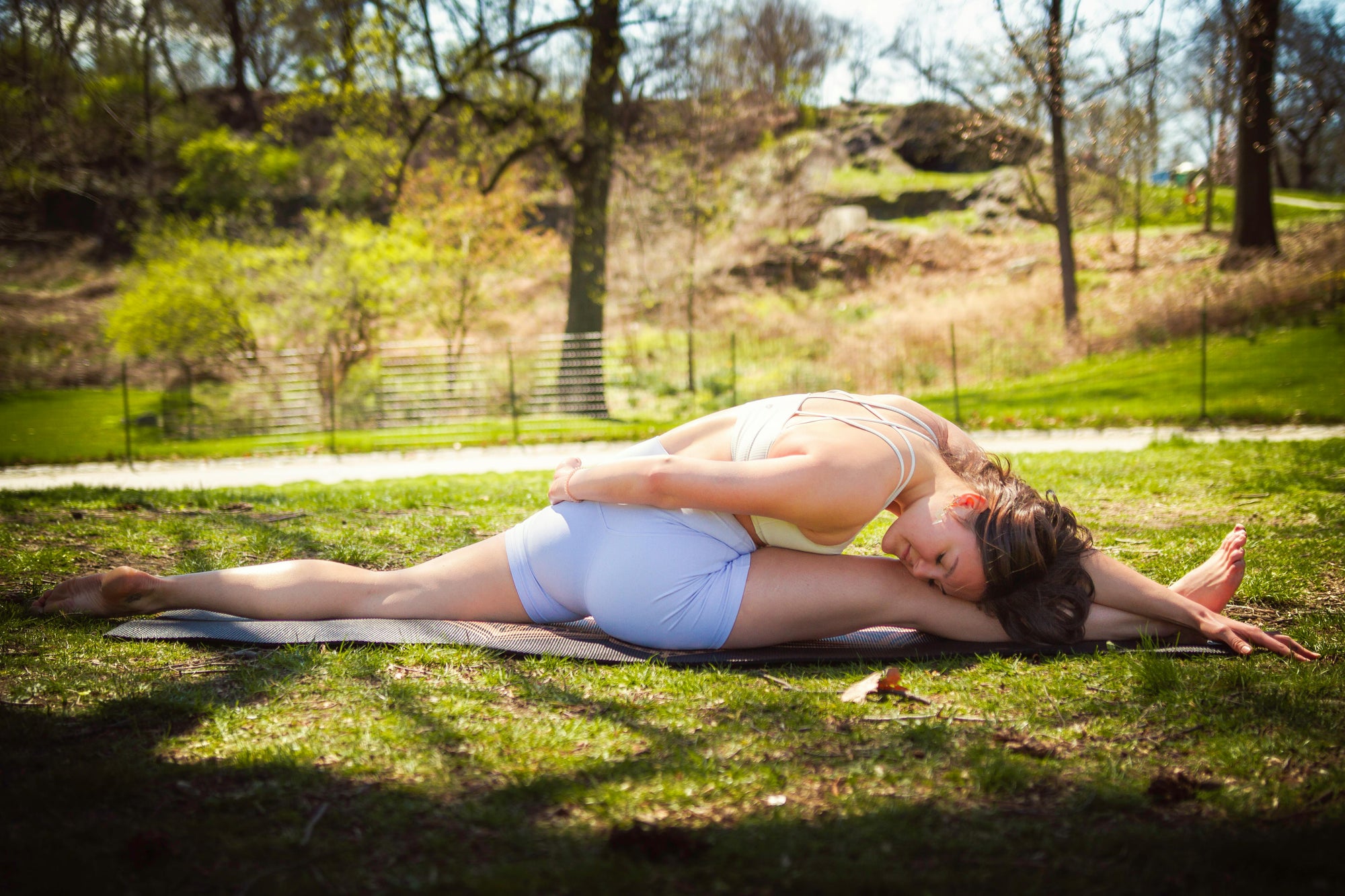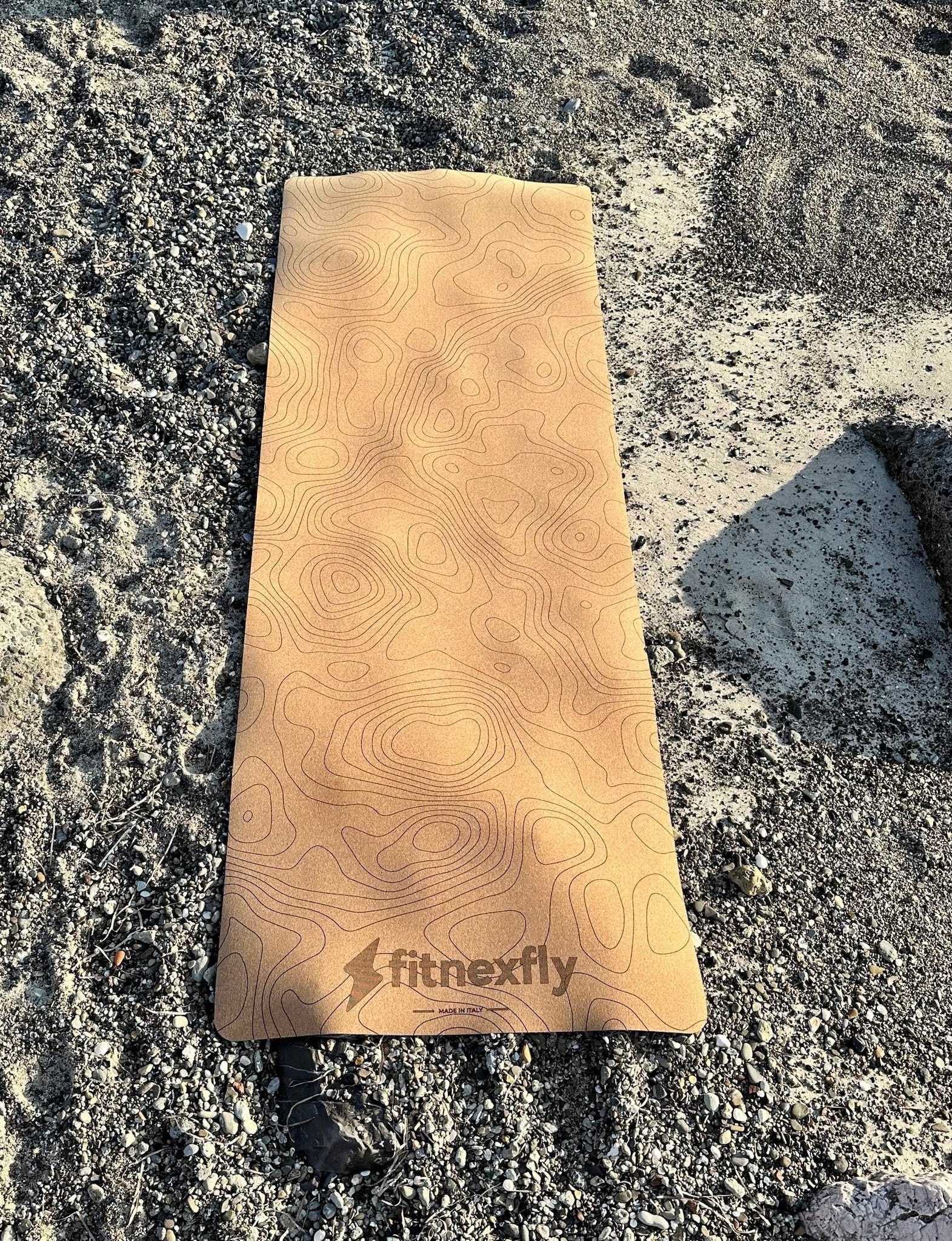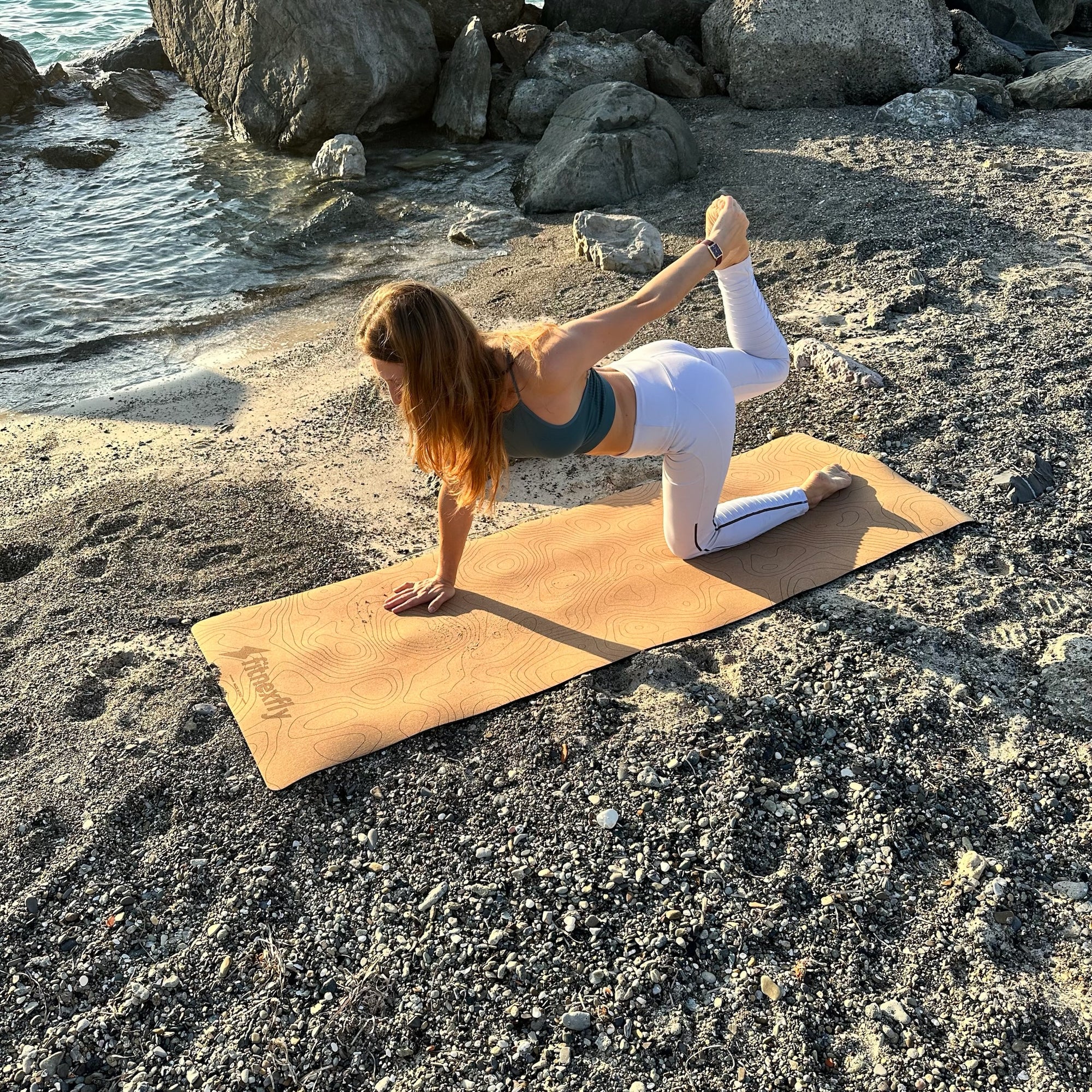Winter brings a different rhythm compared to other seasons. Shorter days and colder weather can affect our body and energy, making it essential to adapt our yoga practice to meet the needs of this period. Nature slows down, inviting us to do the same: this is the perfect time to focus on rejuvenating poses, deep breathing techniques, and inner listening.
In this blog, we will explore how to modify your yoga routine to better navigate winter, improving your vitality, emotional well-being, and connection with yourself.
Why Adapt Your Yoga Practice in Winter?
Each season brings not only climatic changes but also energetic and physical shifts. In winter, cold temperatures and reduced sunlight can lower energy levels, leading to fatigue, muscle tension, and mood fluctuations.
Yoga, when practiced mindfully, can help counteract these effects by warming the body, improving circulation, and boosting the immune system. However, adapting your practice is key to maximizing its benefits.

Key Principles for Winter Yoga Practice
1. Focus on Warming Up the Body
During the colder months, warming up is essential to prevent muscle tension and injuries. Start your practice with dynamic sequences like Sun Salutations (Surya Namaskar), which stimulate circulation and prepare the muscles for movement.
Tip: Increase the number of Sun Salutation repetitions compared to your usual routine to generate internal heat. Wear light layers that you can gradually remove as your body warms up.
2. Choose Grounding and Strength-Building Poses
Winter is a season of grounding, a time when we are called to find stability and strength. Poses that engage the legs and core are ideal for this purpose.
Recommended poses:
-
Virabhadrasana II (Warrior II Pose): strengthens the legs and improves balance.
-
Utthita Parsvakonasana (Extended Side Angle Pose): opens the chest and strengthens muscles.
-
Setu Bandhasana (Bridge Pose): stimulates the spine and promotes blood circulation.
3. Incorporate Breathing Techniques (Pranayama)
Pranayama is particularly useful in winter to generate internal heat and strengthen the respiratory system, which is often challenged during this season. Techniques like Bhastrika Pranayama (Bellows Breath) or Kapalabhati (Breath of Fire) are perfect for energizing and cleansing the body.
Suggestion: Practice these techniques in the morning to boost your metabolism and start the day with energy.
4. Dedicate Time to Relaxation and Meditation
Winter is also a season for introspection and rest. After a dynamic practice, allow yourself time for restorative poses and meditation. This helps balance energy and prevent physical and emotional overload.
Recommended poses:
-
Balasana (Child’s Pose): perfect for relaxing the back and calming the mind.
-
Viparita Karani (Legs Up the Wall Pose): promotes deep relaxation and improves circulation.
Winter Outdoor Yoga: Is It Possible?
Many yoga practitioners love immersing themselves in nature even in winter, but it’s important to take the right precautions. Practicing outdoors offers unique benefits, such as fresh air exposure and immune system strengthening.
Tips for a Safe Outdoor Practice:
-
Choose days with mild temperatures and sunshine.
-
Use a mat suited for all surfaces, like the Fitnexfly Cork Mat, made of natural cork and recycled rubber, providing excellent grip even on uneven terrain.
-
Wear layered clothing and keep a light blanket handy for final relaxation.

Nutrition and Yoga: Nourishing the Body in Winter
Winter also requires extra attention to nutrition. Choose warm and nourishing foods that support your immune system and provide energy.
Suggestions:
-
Incorporate warm soups, herbal teas, and spices like ginger, turmeric, and cinnamon into your diet.
-
Avoid overly cold or processed foods, which can slow digestion and lower vitality.
Create Your Winter Yoga Ritual
To maximize the benefits, create a personalized practice ritual that combines movement, breathing, and relaxation. Even 20-30 minutes a day can make a difference.
Example of a ritual:
-
Start with 5 minutes of pranayama.
-
Perform 3-5 Sun Salutations to warm up.
-
Dedicate 15 minutes to strength and grounding poses.
-
Conclude with 5 minutes of relaxation and meditation.
Listen to the Rhythm of the Season
Adapting your yoga practice to winter is an act of self-love. It means respecting the changes in your body and nature, finding balance between movement and inner stillness.
To enhance your practice, rely on tools that support both your well-being and the environment. The Fitnexfly Cork Mat is the perfect companion to guide you through every season.
Remember: Yoga is a journey that evolves with time and the seasons. Listen to your body, follow its rhythm, and let each breath lead you to balance.
















